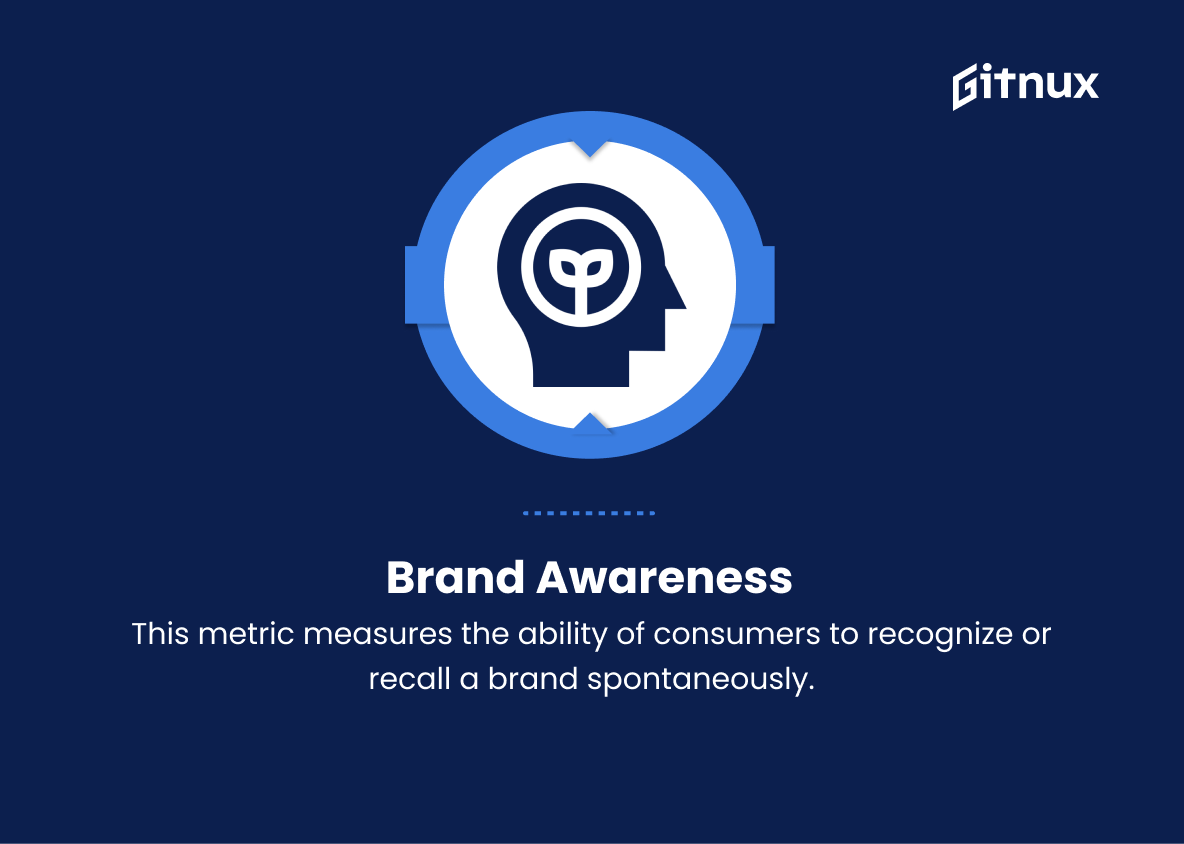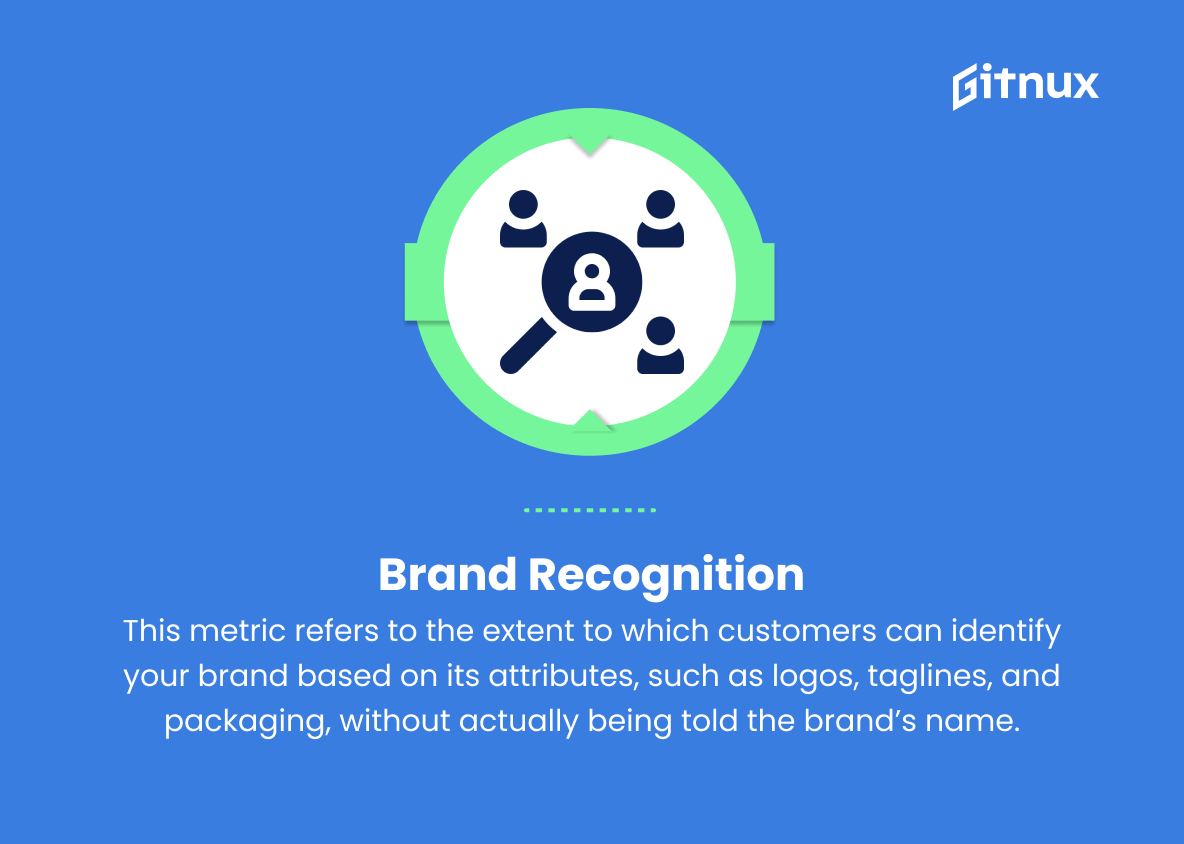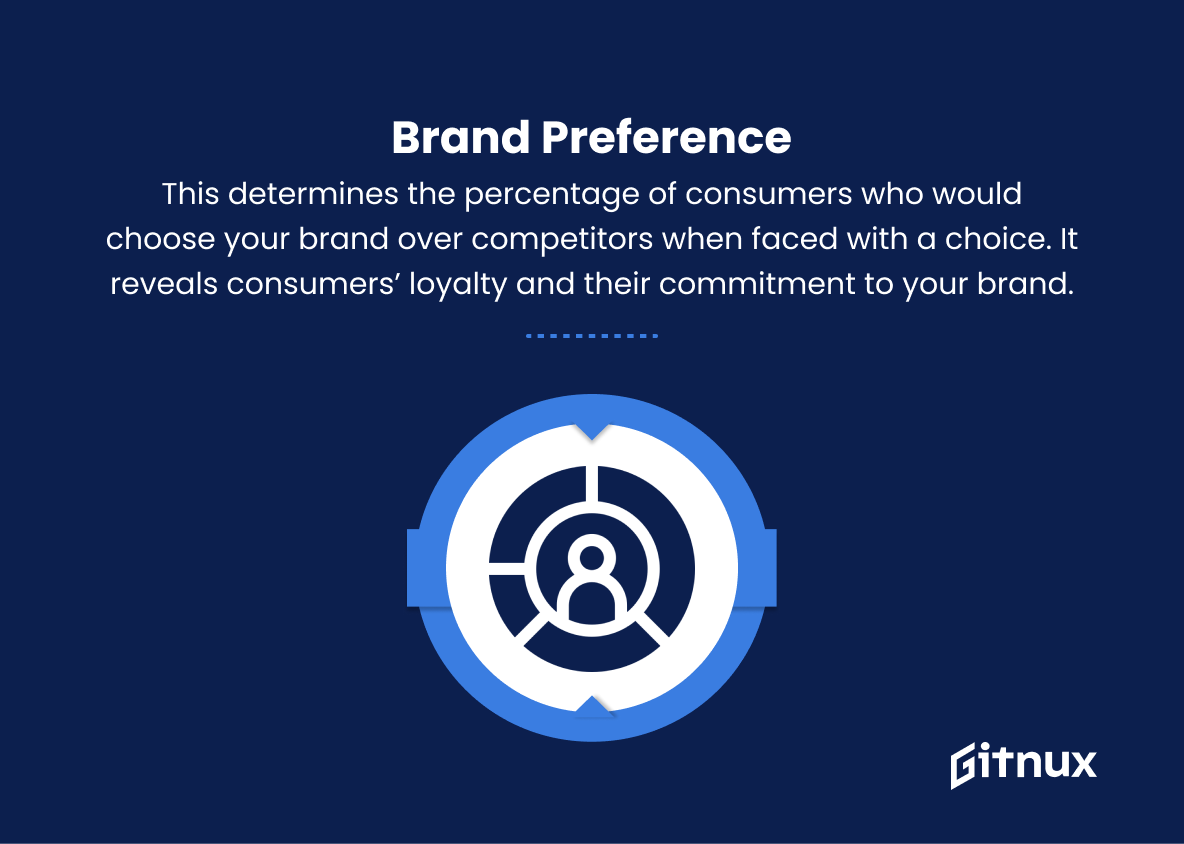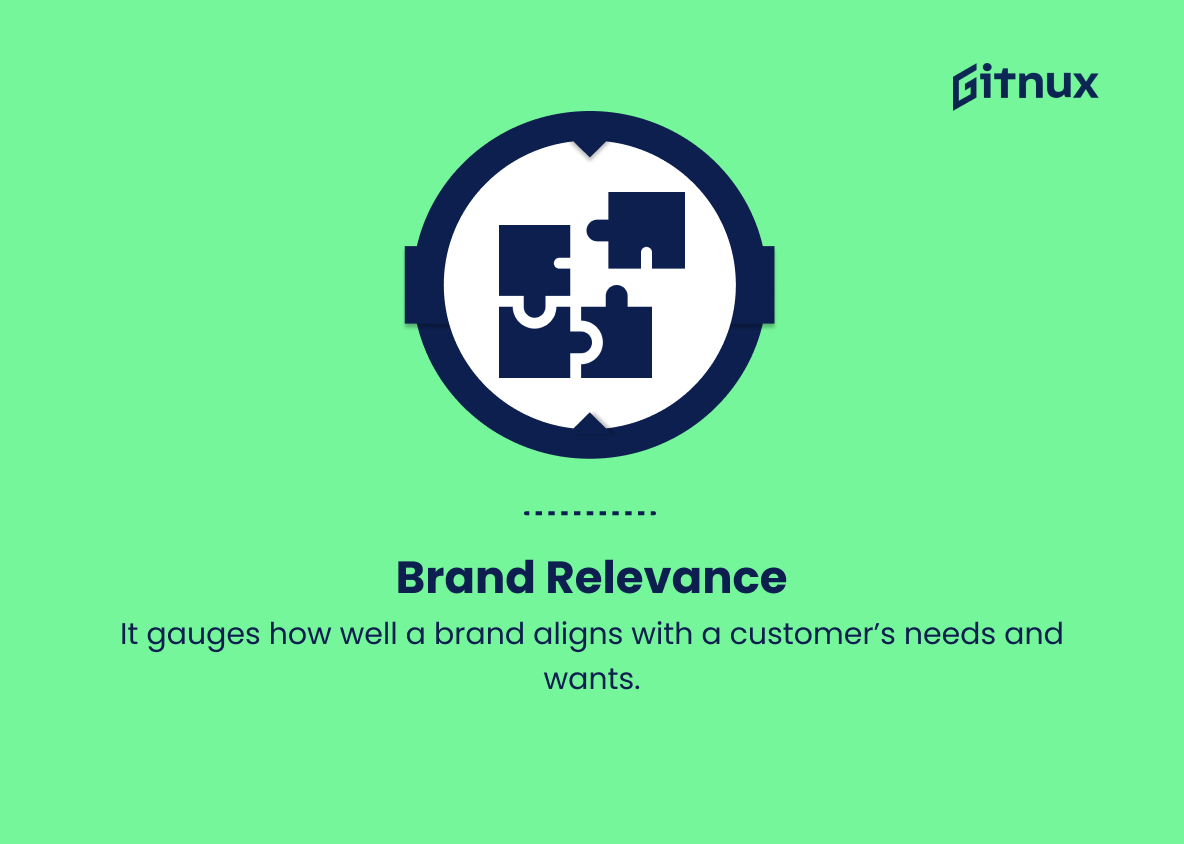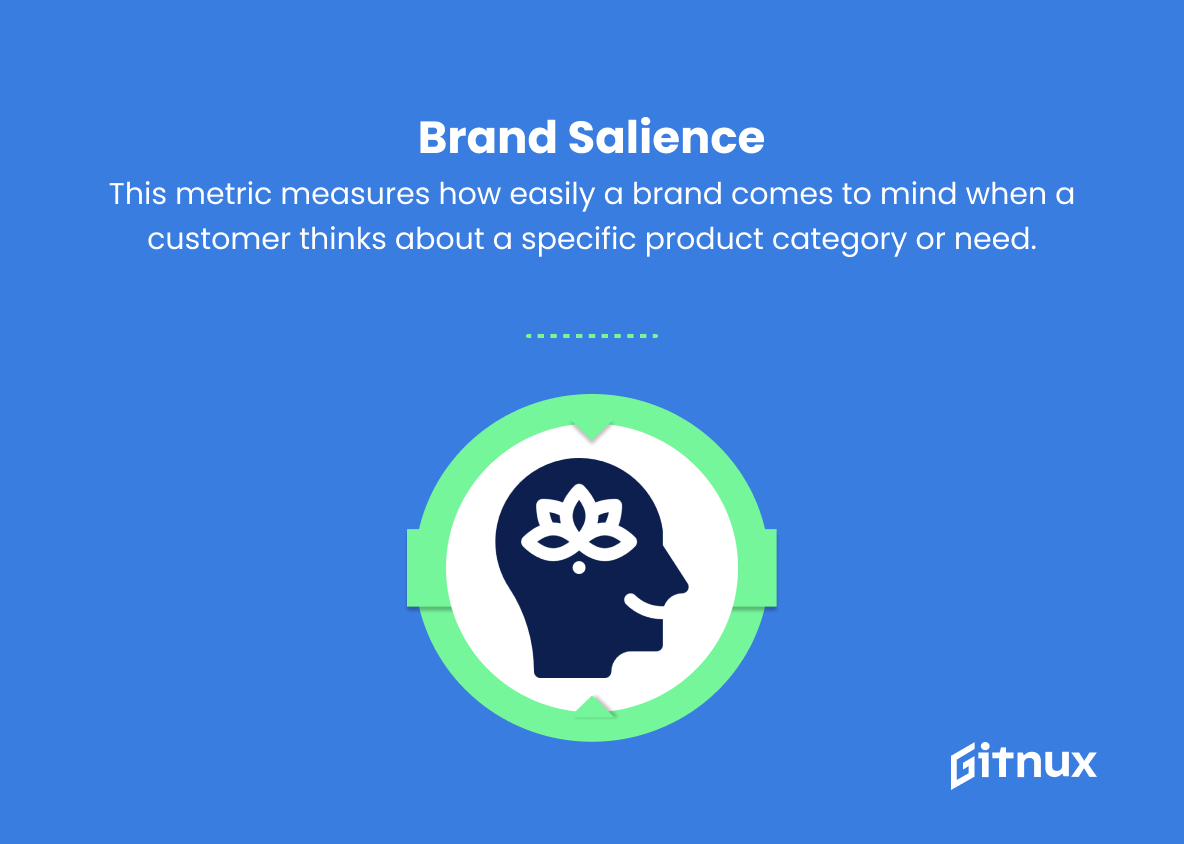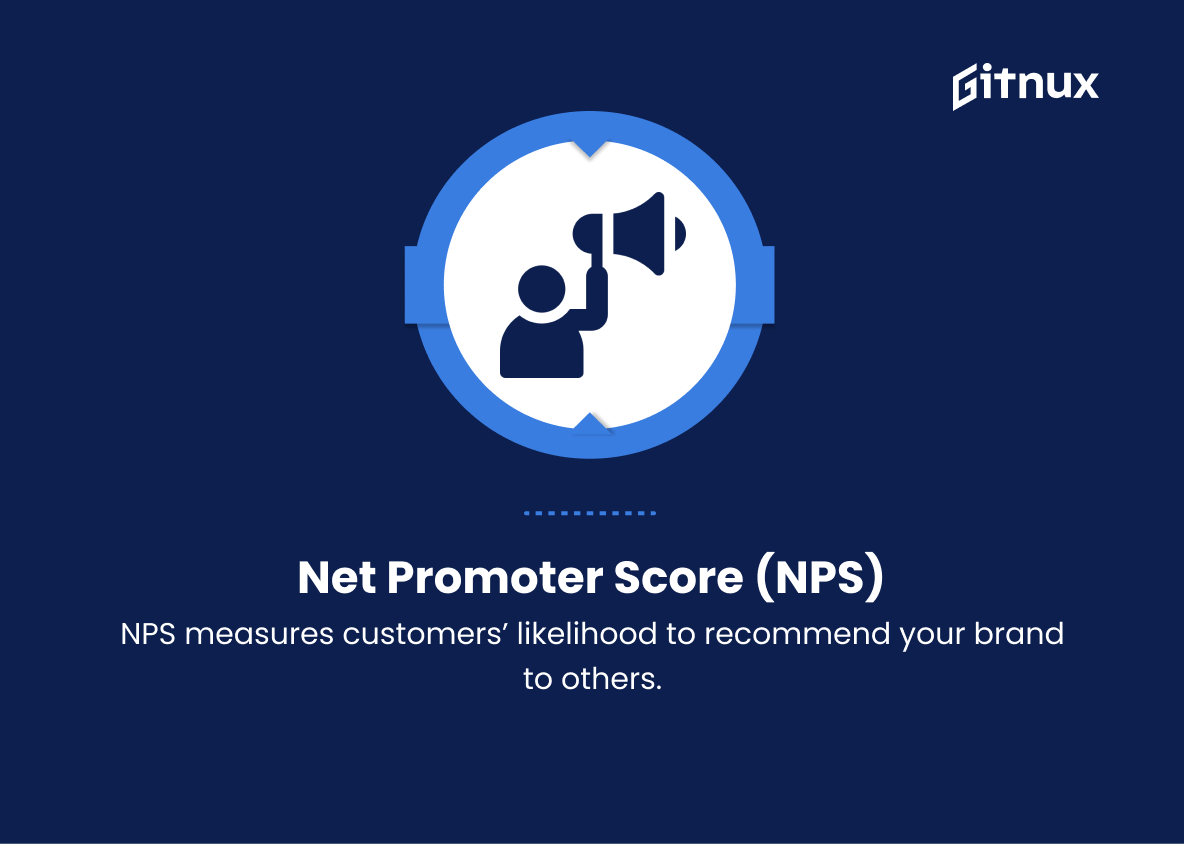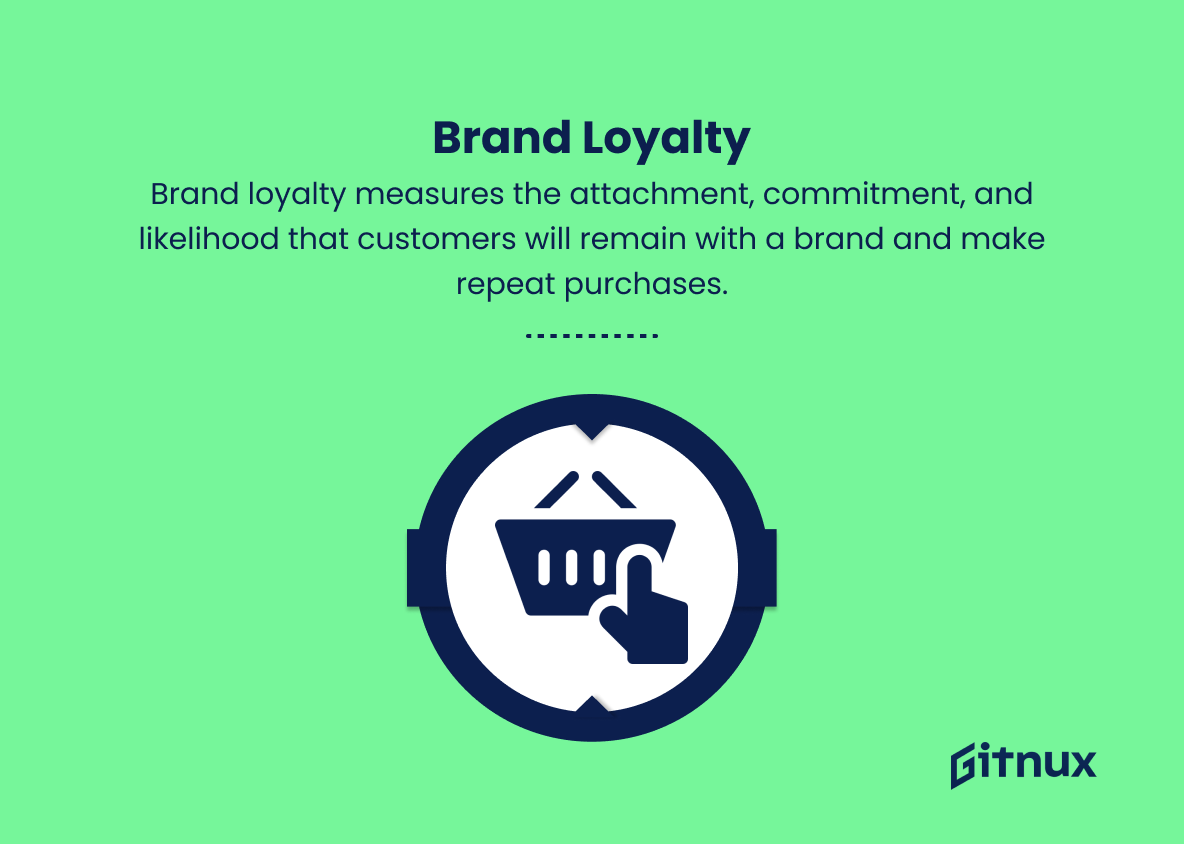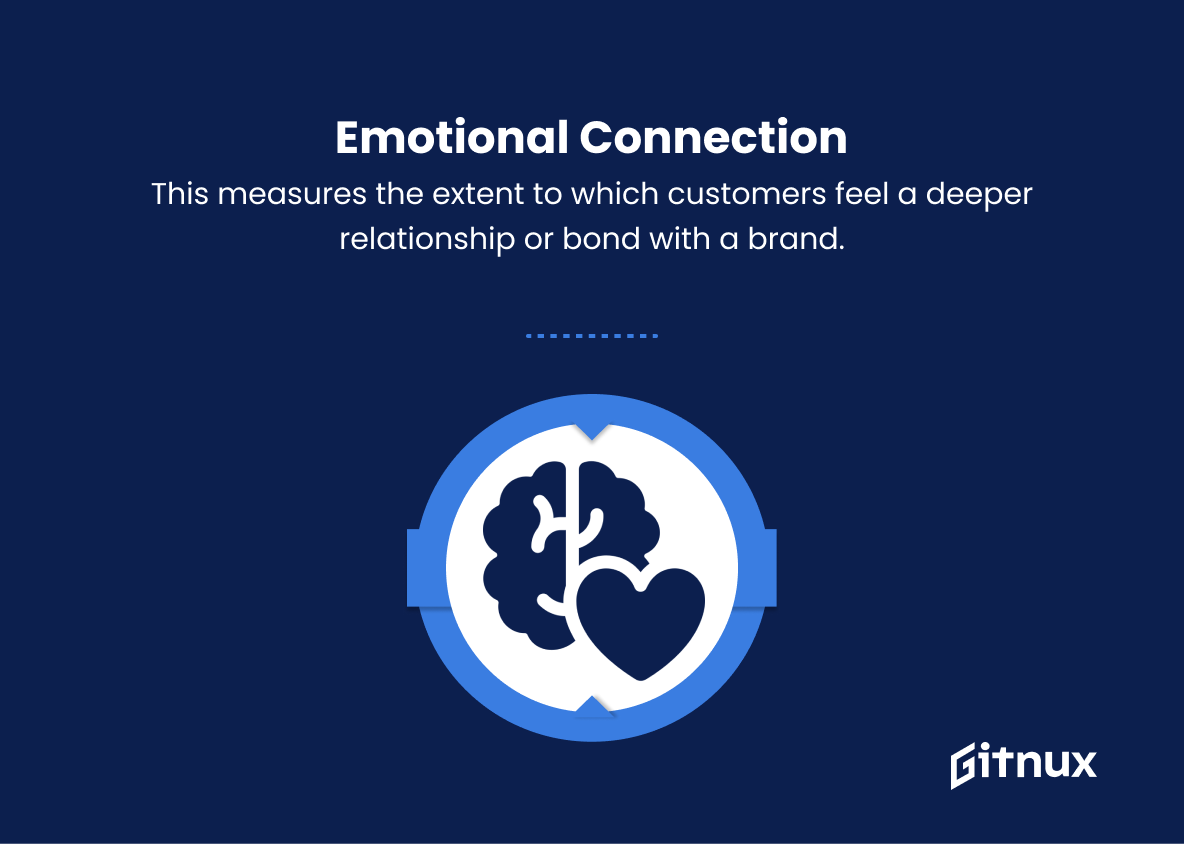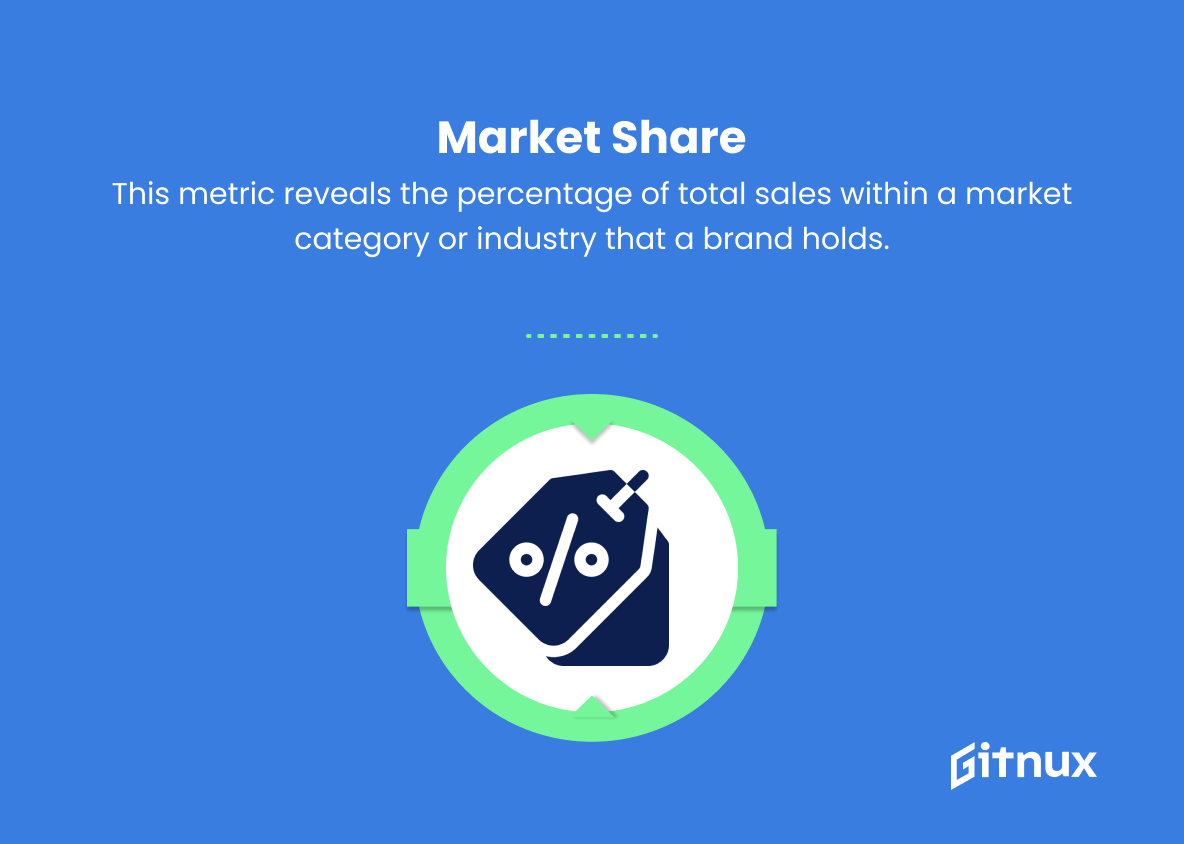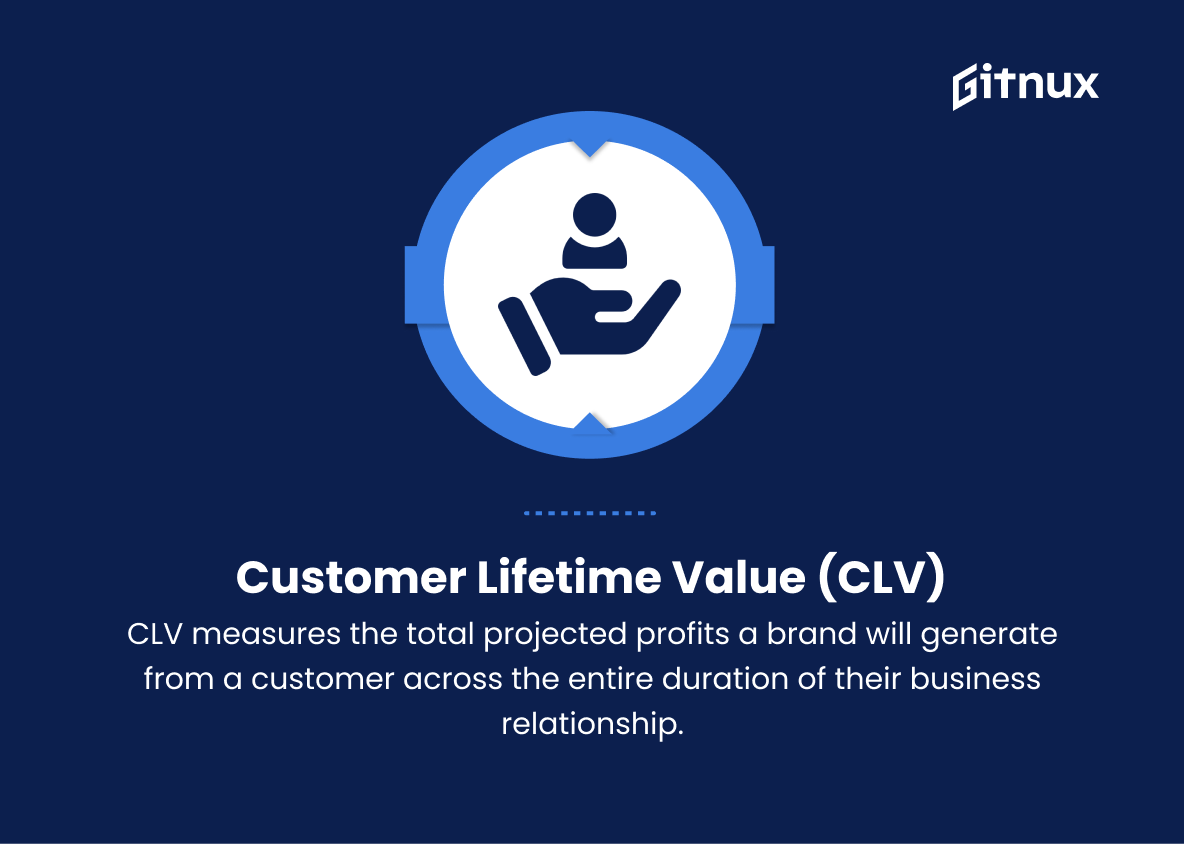In today’s highly competitive business landscape, keeping an eye on the vitality and performance of your brand is paramount to achieving long-term success. Brand health metrics provide valuable insights that empower businesses to adapt, evolve, and consistently resonate with their target audience. In this blog post, we will delve into the significance of brand health metrics, their role in shaping the brand’s narrative, and essential indicators every business should be tracking to ensure sustained growth and engagement. So, buckle up and get ready to discover the keys to optimizing your brand’s performance and maintaining a healthy and robust brand presence in the market.
Brand Health Metrics You Should Know
1. Brand Awareness
This metric measures the ability of consumers to recognize or recall a brand spontaneously. It indicates the extent to which the brand is known and its familiarity among the target audience.
2. Brand Recall
It measures how easily customers can remember your brand when prompted. This helps gauge how well your brand is staying top of mind with customers.
3. Brand Recognition
This metric refers to the extent to which customers can identify your brand based on its attributes, such as logos, taglines, and packaging, without actually being told the brand’s name.
4. Brand Preference
This determines the percentage of consumers who would choose your brand over competitors when faced with a choice. It reveals consumers’ loyalty and their commitment to your brand.
5. Brand Relevance
It gauges how well a brand aligns with a customer’s needs and wants. A relevant brand is one that offers products or services that are meaningful and appropriate to its target audience.
6. Brand Salience
This metric measures how easily a brand comes to mind when a customer thinks about a specific product category or need. A brand with high salience is associated with the product category or need they address.
7. Net Promoter Score (NPS)
NPS measures customers’ likelihood to recommend your brand to others. Customers are asked to rate their willingness to recommend your brand on a scale of 0 to 10, and the results are categorized into promoters, passives, and detractors.
8. Brand Loyalty
Brand loyalty measures the attachment, commitment, and likelihood that customers will remain with a brand and make repeat purchases. A high level of brand loyalty indicates customers’ trust in the brand and their satisfaction with its products or services.
9. Customer Satisfaction
This metric reveals how well a brand’s products, services, or interactions meet customers’ expectations. High customer satisfaction ratings indicate that a brand is performing well and meeting customer needs.
10. Emotional Connection
This measures the extent to which customers feel a deeper relationship or bond with a brand. A strong emotional connection contributes to greater loyalty and engagement.
11. Share of Voice (SOV)
SOV is the share of all promotional and communication activities of a brand compared to its competitors within a specific market. High share of voice indicates a strong brand presence in its industry.
12. Market Share
This metric reveals the percentage of total sales within a market category or industry that a brand holds. A higher market share demonstrates the brand’s dominance in its industry.
13. Customer Lifetime Value (CLV)
CLV measures the total projected profits a brand will generate from a customer across the entire duration of their business relationship. High CLV indicates a strong customer-brand connection.
14. Brand Equity
Brand equity is a measure of a brand’s overall value in terms of customers’ perceptions and associations. High brand equity usually translates to strong customer loyalty, brand recognition, and overall brand health.
Brand Health Metrics Explained
Each of these Brand Health Metrics serves a critical role in understanding a brand’s overall strength, success, and relationship with its customers. Brand Awareness, Recall, Recognition, and Salience are crucial indicators of how well a brand is resonating with its target audience and staying top of mind, while Brand Preference and Relevance showcase the consumer’s loyalty and alignment with the brand’s offerings.
Meanwhile, metrics like Net Promoter Score, Loyalty, and Customer Satisfaction shed light on overall customer happiness and their likelihood to recommend the brand to others. Emotional Connection, Share of Voice, Market Share, and Customer Lifetime Value further demonstrate a brand’s ability to create strong connections, have a solid presence in the market, and generate long-term profits, culminating in the overall Brand Equity. Together, these metrics capture a comprehensive view of a brand’s health and its ability to thrive in the competitive marketplace.
Conclusion
In conclusion, tracking Brand Health Metrics is essential for businesses looking to thrive in today’s competitive marketplace. By keeping a close eye on awareness, sentiment, share of voice, and customer engagement, organizations can gain valuable insights and make informed decisions to enhance the brand image. It’s crucial to remember that these metrics aren’t static and must be continuously monitored, as brand health is an ongoing journey that requires dedication and agility. By focusing on these key areas and adapting strategies as needed, companies will be well on their way to boosting their brand’s performance and achieving long-term success.
